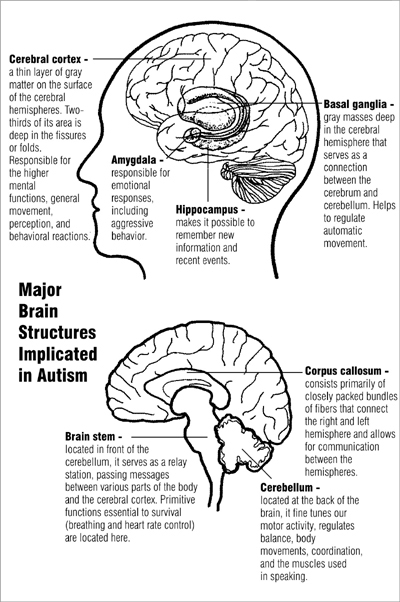Communication the biggest loss for families with autism
While children with autism run the gamut from severely
challenged to those able to manage in mainstream classrooms, all
the children have some deficits in common, according to the
National Institute of Mental Health.
Communication the biggest loss for families with autism
While children with autism run the gamut from severely challenged to those able to manage in mainstream classrooms, all the children have some deficits in common, according to the National Institute of Mental Health.
Autism spectrum disorders include:
– Classic autism
– Rett syndrome
– Asperger syndrome
– Childhood disintegrative disorder
All children with autism spectrum disorders tend to stick to routines. They like to engage in the same activities and they like repetition. But the biggest challenge for autistic children is social interaction and understanding the nuances of verbal and nonverbal communication.
Most babies and children are social. They understand the give-and-take of human interaction early on. When people talk to them, babies gurgle, coo and laugh in response. They learn to smile when someone smiles at them. They seek out eye contact in games of peek-a-boo and hide-and-seek.
Children and adults with autism, even those who are high functioning, have trouble with the more subtle social cues such as smiles, winks or grimaces, according to the NIMH. Children with ASD also have trouble seeing things from someone else’s perspective, making it hard to understand the emotions of others or to express their own emotions.
So little is still understood about autism spectrum disorders, but scientists agree that many parts of the brain are implicated in the behaviors and deficits typical of the disorders (see graphic.)
Resources:
The National Institute of Mental Health www.nimh.nih.org
The Centers for Disease Control and Prevention www.cdc.gov/ncbddd/autism
The Autism Society of America www.autism-society.org
Autism Speaks International www.autismspeaks.org/










